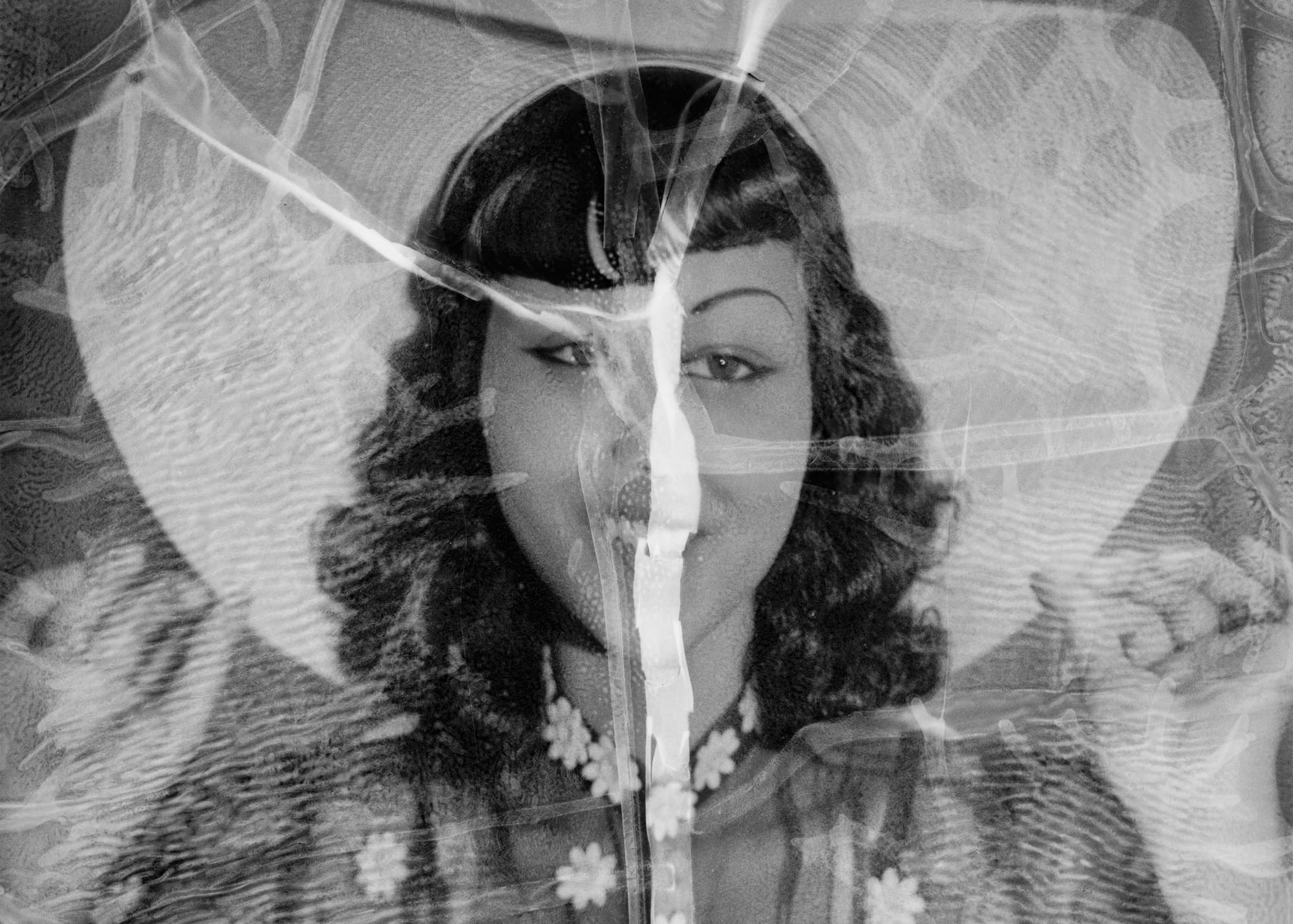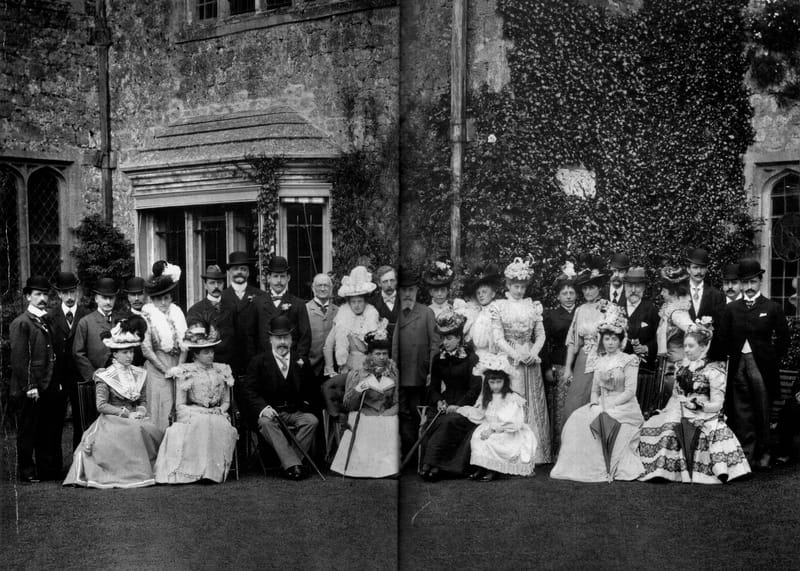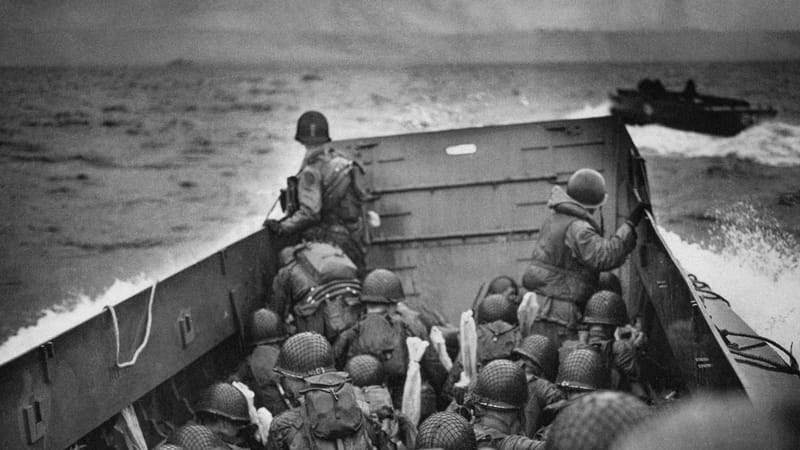Warped Portraits of the 1930s
Weird headshots from the Federal Theatre Project

At the height of the Great Depression, over 15 million Americans were left unemployed and bored. President Roosevelt's New Deal was an attempt to solve both problems: get Americans back to work with programs from the Works Progress Administration, and provide inexpensive entertainment through the government-funded Federal Theatre Project.
Established in 1935, the Federal Theatre Project was under the guidance of Hallie Flanagan, and it took a unique approach to theater. Flanagan wanted the project to be inclusive, and deal with the social issues that gripped America at the time. Not only was the FTP able to perform plays that entertained Americans suffering economically, but it also put many unemployed actors and actresses back onto the stage.
The program spanned over 100 community theatres across the country from New York to the west coast, and helped over 10,000 artists earn a living.
Some of the notable figures that participated in the program included producer Eugene O'Neill, as well as celebrated choreographer Helen Tamiris. →

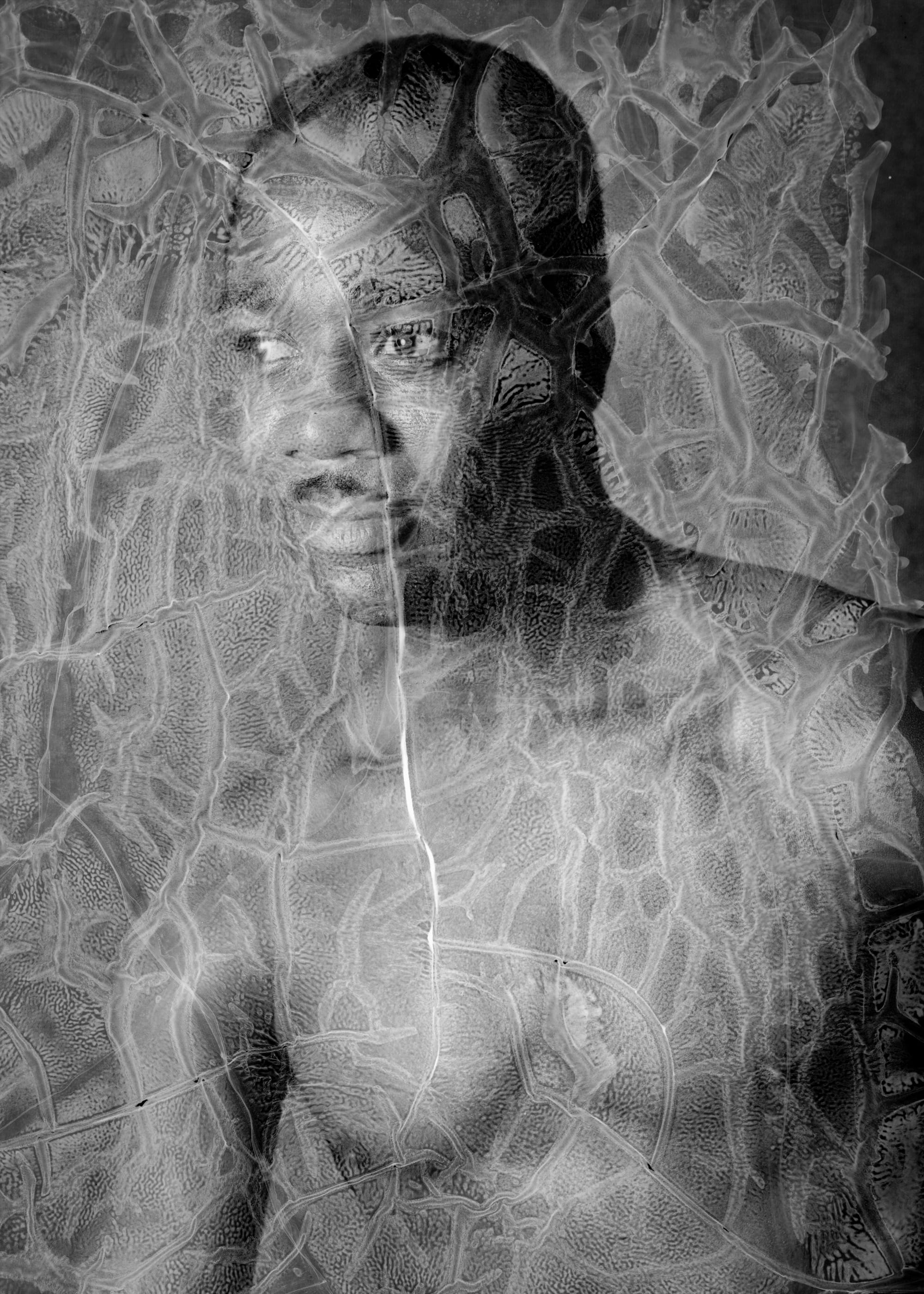
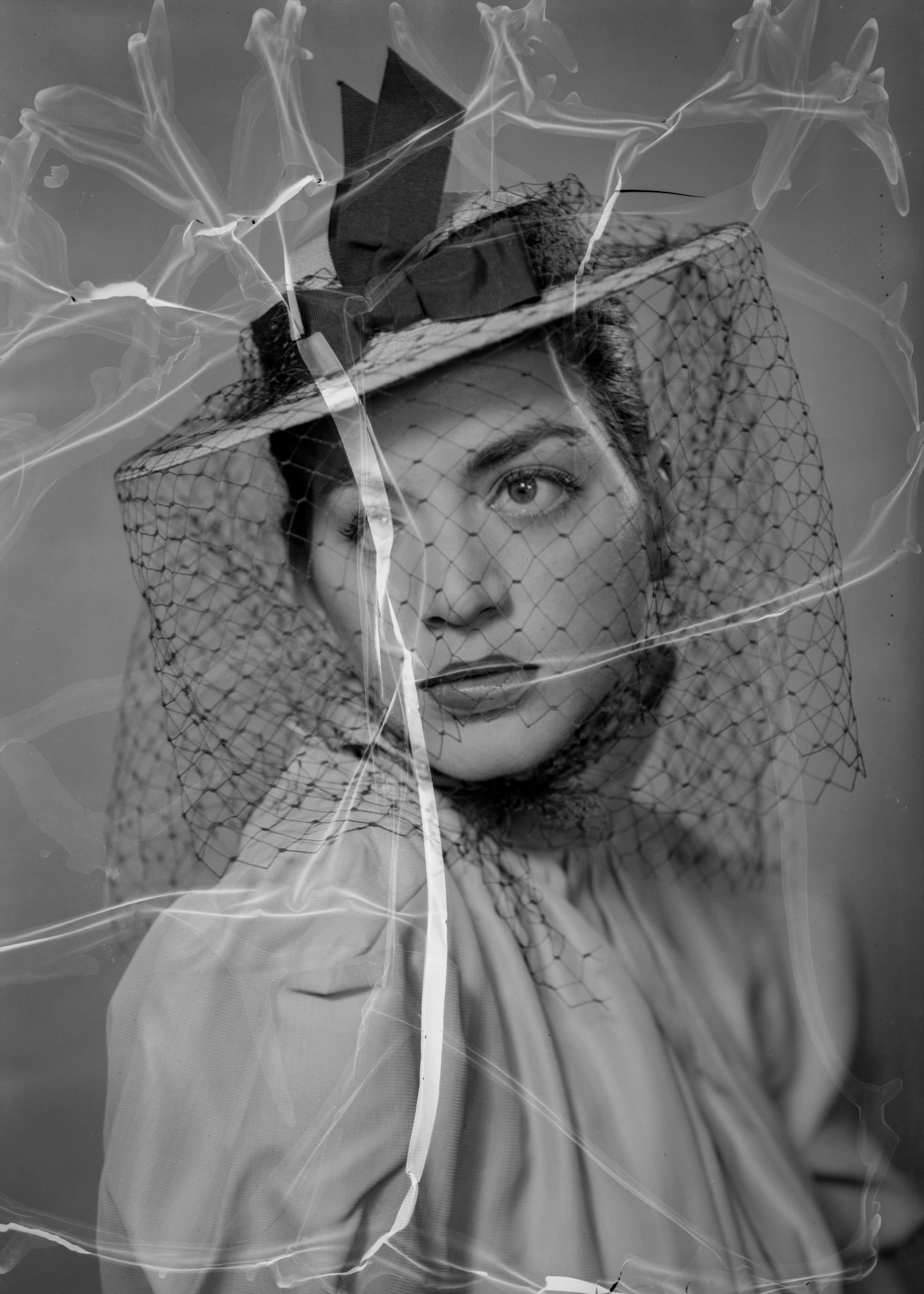
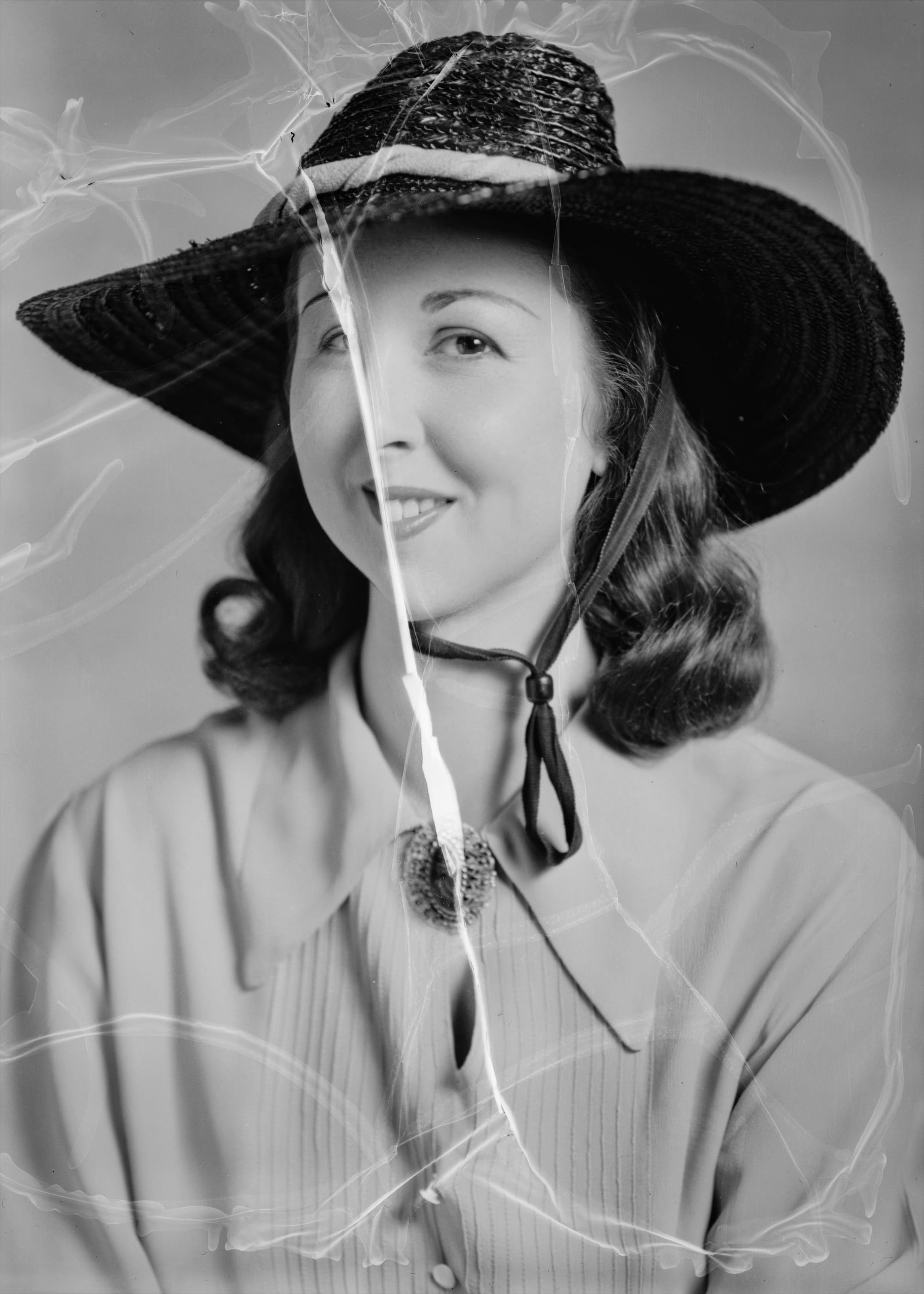
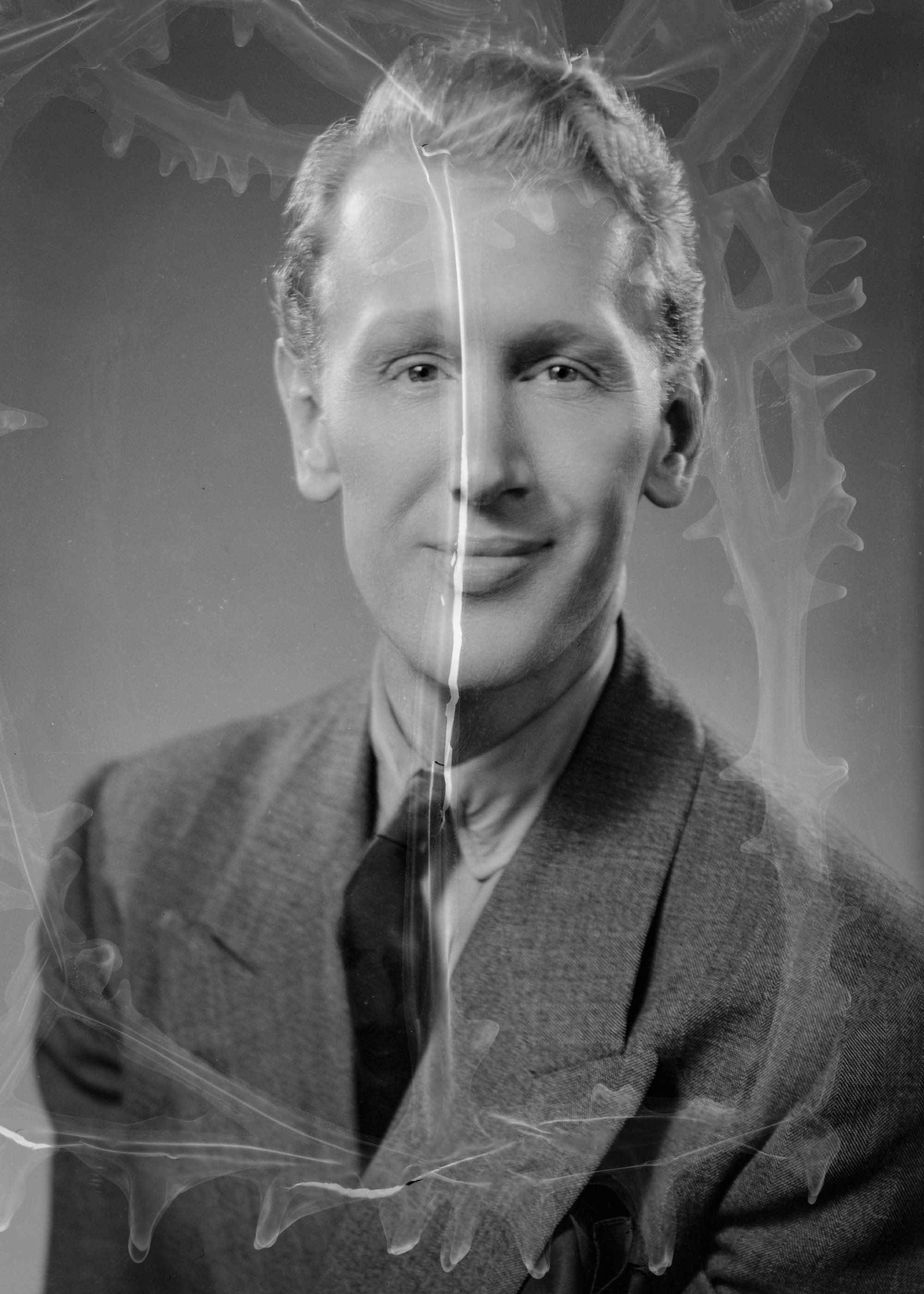
[4] "Image 15 of Sing for Your Supper (124 Photographs)"
[5] "Image 122 of Sing for Your Supper (124 Photographs)"
Photographs; Federal Theatre Project, Music Division. Taken 1939, New York, United States (Library of Congress).
Although the FTP would only last four years, it was a crucial component of the Black theater movement. The Negro Repertory Company was Seattle's most active branch of the Federal Theatre Project, and was responsible for some of its most experimental productions.
Unfortunately, the Federal Theatre Project's modern take would also eventually be its downfall. →


As popular as these controversial pieces were for the public, Congress did not agree. The House Committee on Un-American Activities targeted the FTP for investigation, and attacked the program's leftist commentary. It was labeled Communist propaganda, and as America's focus turned to the Second World War, the FTP lost almost all of its federal funding.
On its deathbed, the FTP still managed to produce Flotilla of Faith, a historical reenactment of Catholic missionaries to Fort Vancouver. However, pieces like Timber, a Living Newspaper about the rapid decline of timber availability, never got to see the light of day. The FTP was disbanded on June 30th, 1939, and every FTP worker received a pink slip. →


[10] "Image 2 of Sing for Your Supper (124 Photographs)"
Photographs; Federal Theatre Project, Music Division. Taken 1939, New York, United States (Library of Congress).
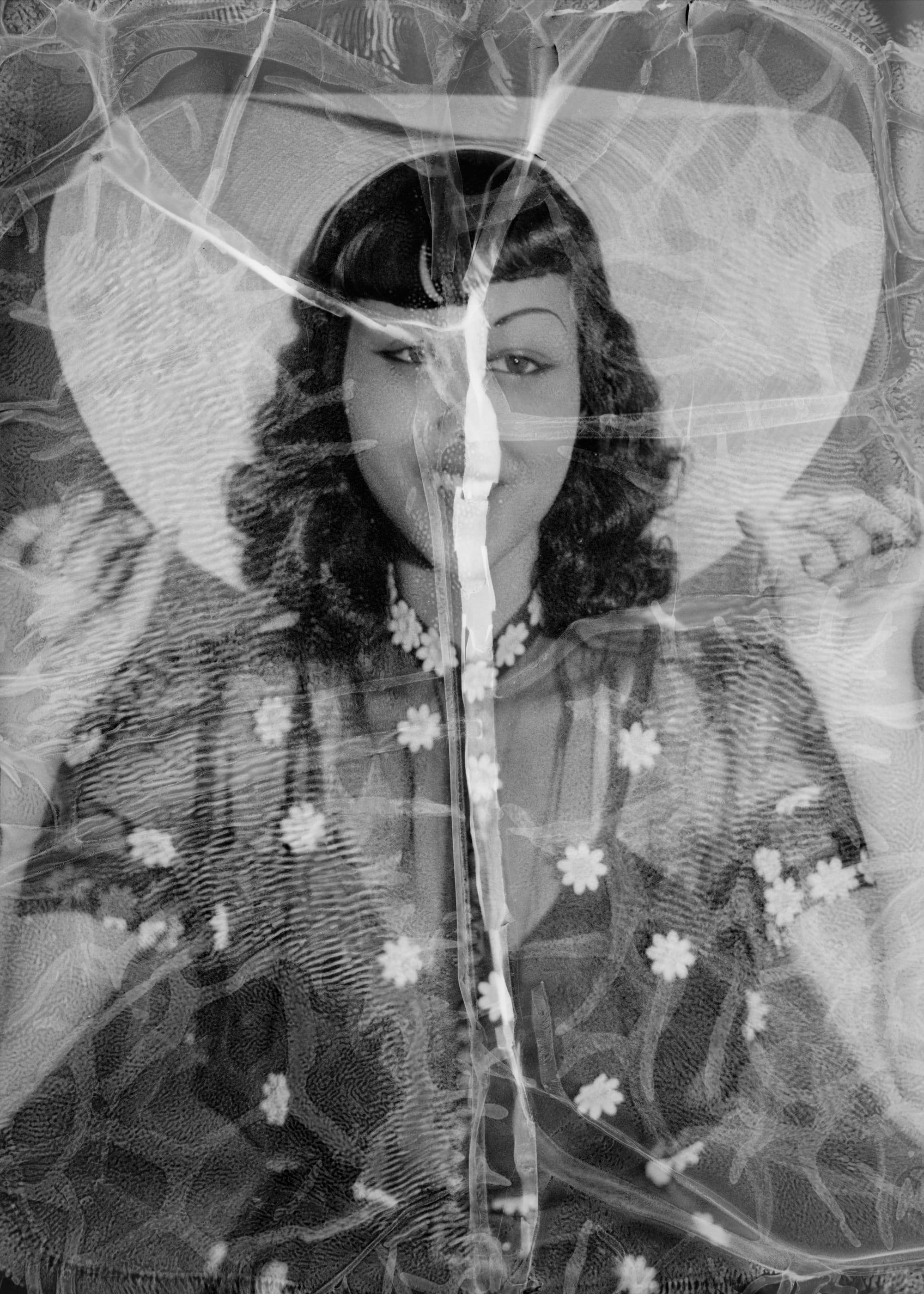
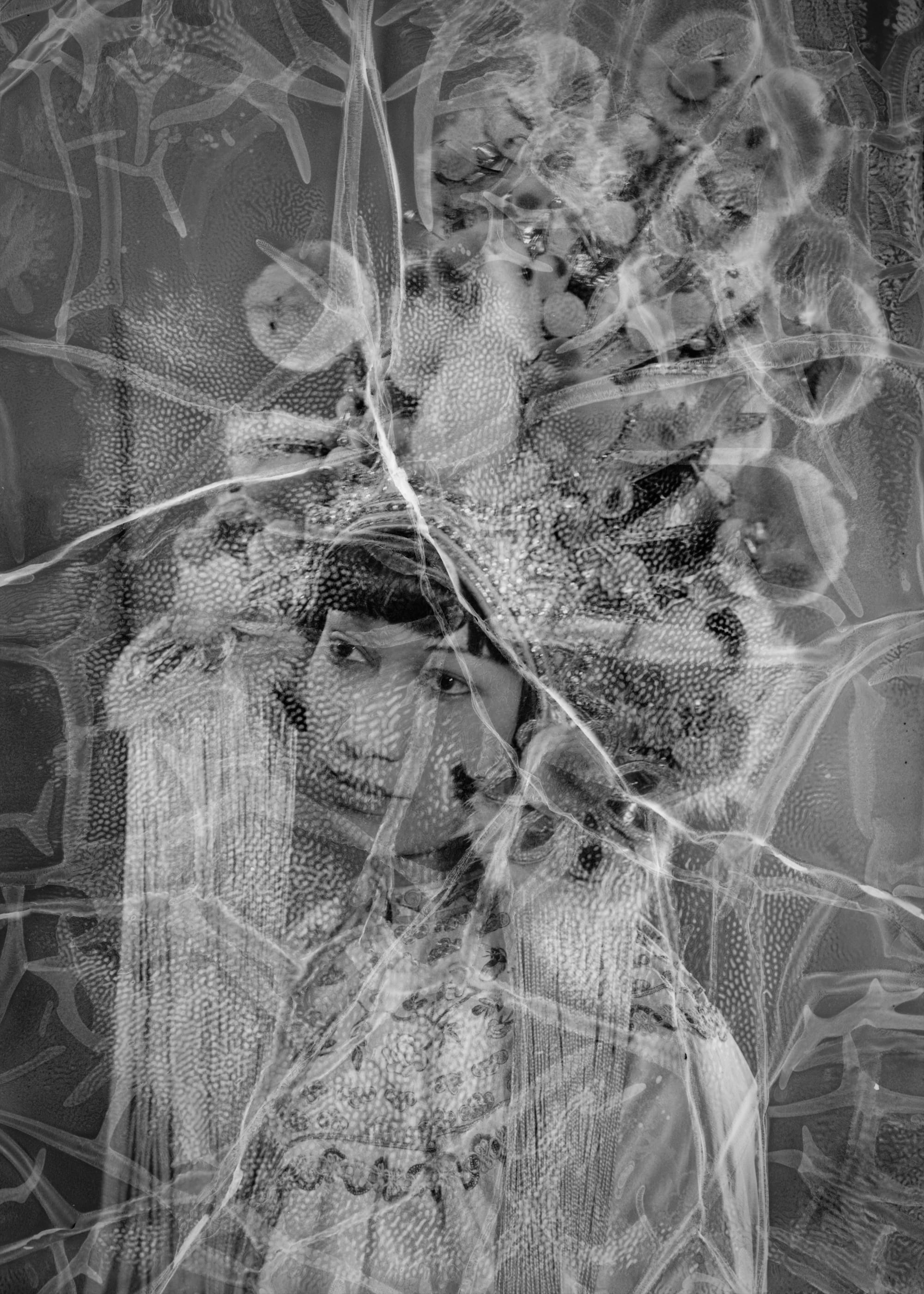
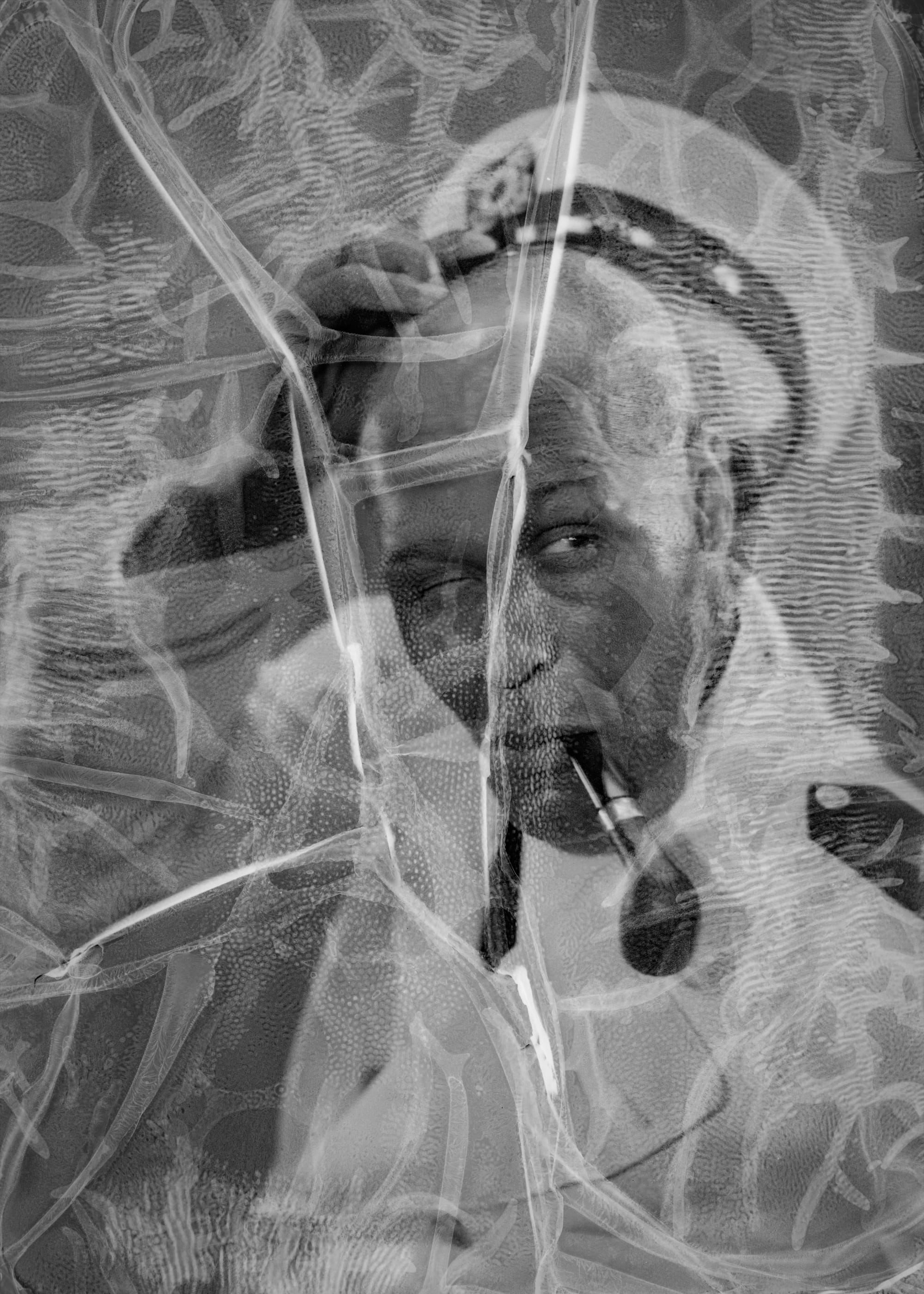
[12] "Image 4 of Swing It (58 Photographs)". Likely a headshot of African-American actress Dorothy Turner as SU SAN for The Federal Theatre production of 'Swing It: A Comedy in Two Acts'.
[13] "Image 7 of Swing It (58 Photographs)".
Photographs; Federal Theatre Project, Music Division. Taken 1937, New York, United States (Library of Congress).

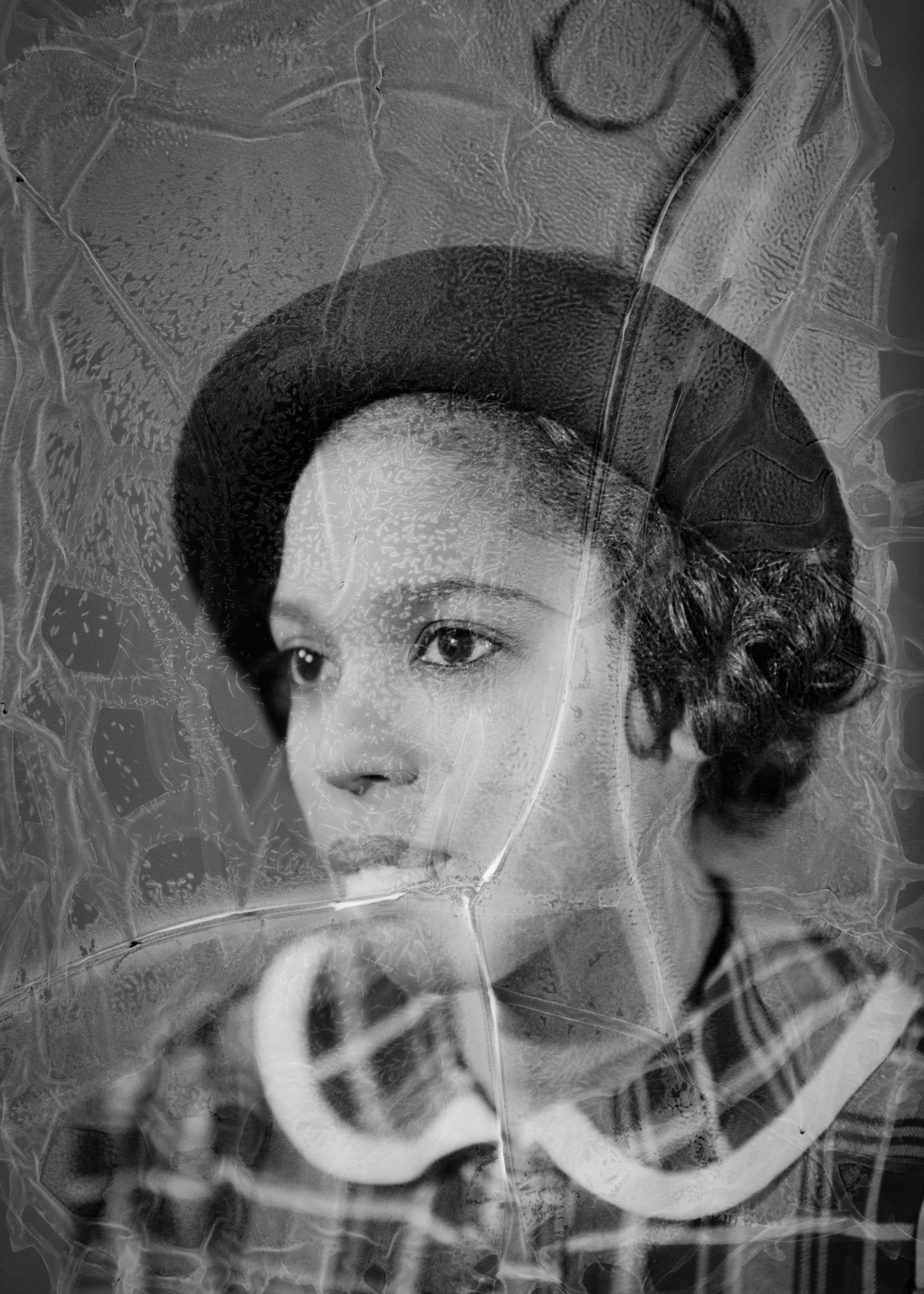
[15] "Image 16 of O'Neill, Eugene (63 Photographs)". Likely an actress headshot from The Federal Theatre production of Eugene O'Neill's 'One Act Plays of the Sea'.
Photographs; Federal Theatre Project, Music Division. Taken 1937, New York, United States (Library of Congress).
While heavily criticised at the time, there's plenty of documentation of the FTP from old newspapers, photos, and even these distorted Broadway headshots. Unfortunately, many of these headshots bear the weight of time—the unique distortion you see on these photos is due to Negative Vinegar Syndrome. This issue affects photographic negatives and film reels printed on 'safety film', and is the result of diacetate gradually turning into acetic acid. The deterioration causes the warped lines you see on the headshots, as well as a vinegar-like odour. 𖣐
See and share on Unsplash
SHARE FOR FREE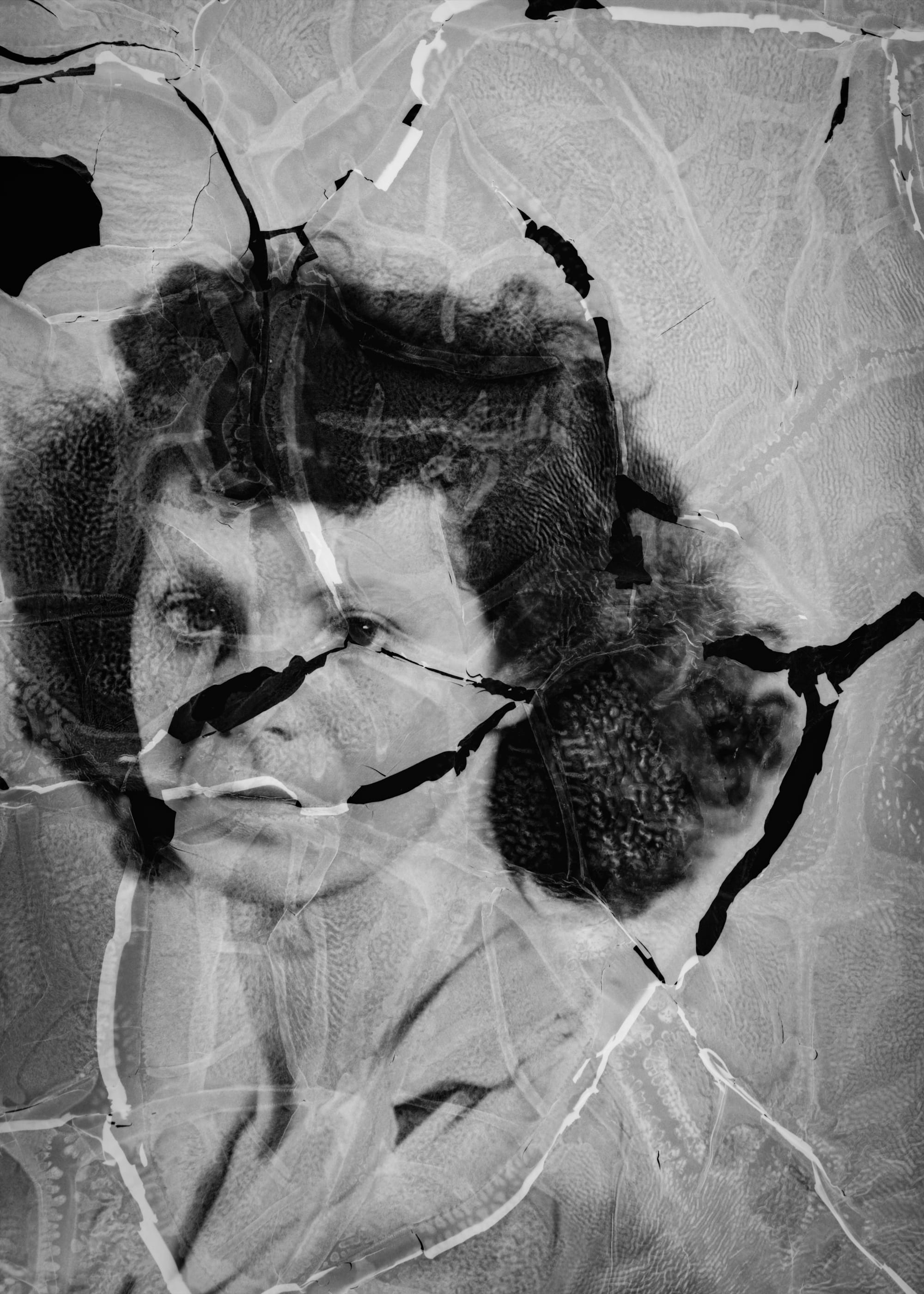
Footnote: With thanks to Michael John Jennings. If you recognise any of the actors from this series that have not been identified, please get in touch.

